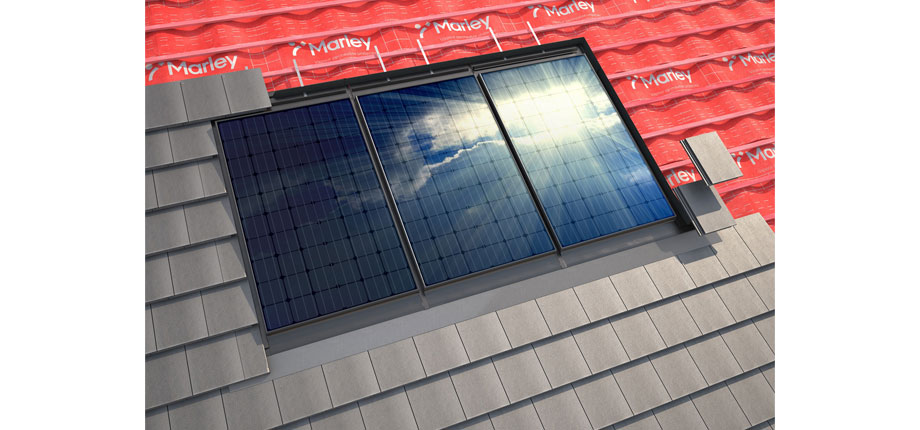Several initiatives, including the recent publication of the Government’s Social Housing White Paper and the Building Safety Bill are precursors to a general tightening of the rules, regulations and standards associated with building construction and condition.
In particular, the Social Housing White Paper is set to place increased scrutiny on the safety and quality of social housing and ultimately make social housing landlords far more accountable for their properties in the eyes of the law.
Among several proposals in the White Paper are the establishment of a Charter for social housing residents, plans for new regulations, the creation of a Social Housing ombudsman to resolve disputes, and specific tenant specification measures which social landlords will have to regularly report against.
Local authorities, housing associations and independent social housing landlords, will be required to get to grips with a new era of oversight and reporting connected to the safety and condition of property construction and maintenance to remain compliant.

One important area that will be impacted as part of the new measures is the roofing system, its specification, and its ongoing performance. As a vital element in efforts to ensure a property is up to the standards required, badly specified or performing roof systems can lead to ongoing and costly problems such as leaks, condensation and even poorly fixed tiles falling off. The new protections being given to social housing tenants mean that such issues will need to be attended to without delay.
In essence, the new regulations mean that social landlords need to take greater control and be accountable for the whole roof system. A recommended route to achieve certainty around roof specification and product solution performance - as well as reduce the risk associated with a widescale supply chain - could be to deploy a single manufacturing supply for all roof systems. By only having to deal with one source, those now charged with adherence to enhanced standards for property condition can be confident problems can be rectified quickly. In addition, they will also be assured that all the roofing systems provided under their control will be compliant with necessary legislative requirements, including the new standards set out in the White Paper and Building Safety Bill.
For non-roofing specialists, it is important to recognise that roof specification often tends to focus mainly on the roof covering such as the tiles or slates. However, it is what lies beneath that forms most of the vital structural and wind loading elements.
Battens, underlays, and dry fix solutions are vital for the delivery of a safe, high performing and long-lasting roofing solution and it is attention to these aspects, as much as the aesthetic roof covering, that should be under the control of those with responsibility for social housing going forward.
The traditional manner of leaving the selection of battens and dry fix solutions to roofing contractors may have helped in terms of cost control, but the possibility of spec busting and the imposition of inferior materials, leaves the ultimate authority
at risk.

Whole roof system sourcing from a single supplier is the only guaranteed way to ensure the entire roof space will deliver on expectations and performance. It will alleviate problems such as condensation from poor ventilation and leaks and ensure that, from a roofing perspective, the property adheres to the new standards.
In addition, it is worth considering the reassurance offered by a 15-year guarantee, which Marley’s roof systems come with. This provides social landlords and their residents with the peace of mind that they will not suffer from the consequences of common roof-related problems such as leaks, as well as protection against potential roof damage from storms. The resulting reduction in ongoing roof maintenance requirements and lower repair bills can be positive outcomes from adopting a whole roof system single source strategy.
And, with the need to deliver sustainable solutions for the future health of housing stock, social landlords can also seek to incorporate the latest solar panel solutions such as Marley’s SolarTile® as part of a full roof system. Easy to install and proven to cut energy bills, access to the growing demand for solar roofing solutions has never been easier or less expensive. Specifiers can also benefit from the Green Grant Scheme which currently allows landlords to claim up to £5,000 to pay part of the cost of energy saving measures like insulation and solar panels.
The government and regulatory bodies are determined to ensure that social housing conditions across the UK and the experience of tenants is improved. New powers will mean that those charged with the delivery of social housing solutions must make sure they understand and comply with emerging regulations for the whole property, including the roof.
Adopting a whole roof specification strategy can play its part in reducing non-compliance risk, as well as guarantee long-term performance and cutting costs.
Visit the Marley website
- Log in to post comments















